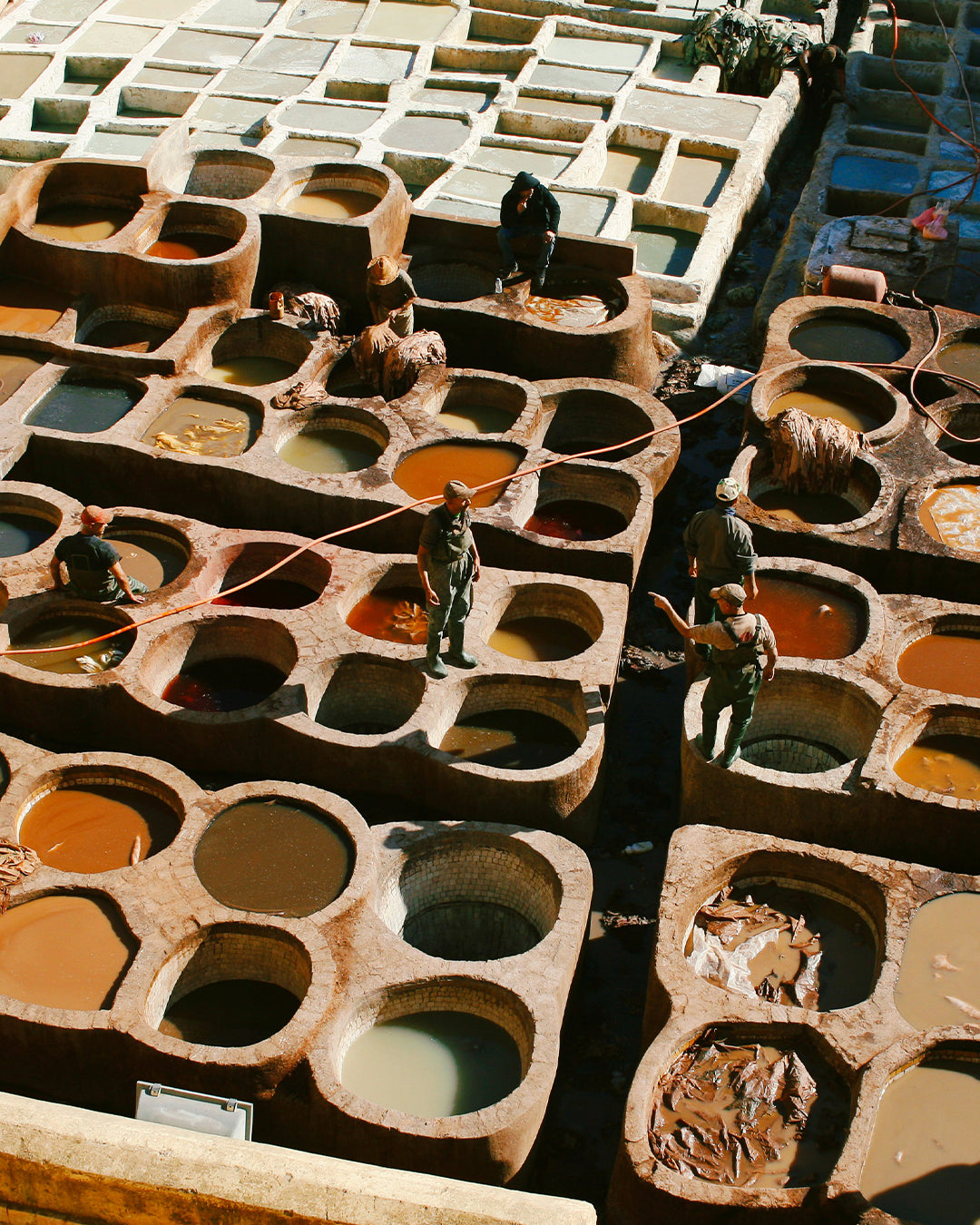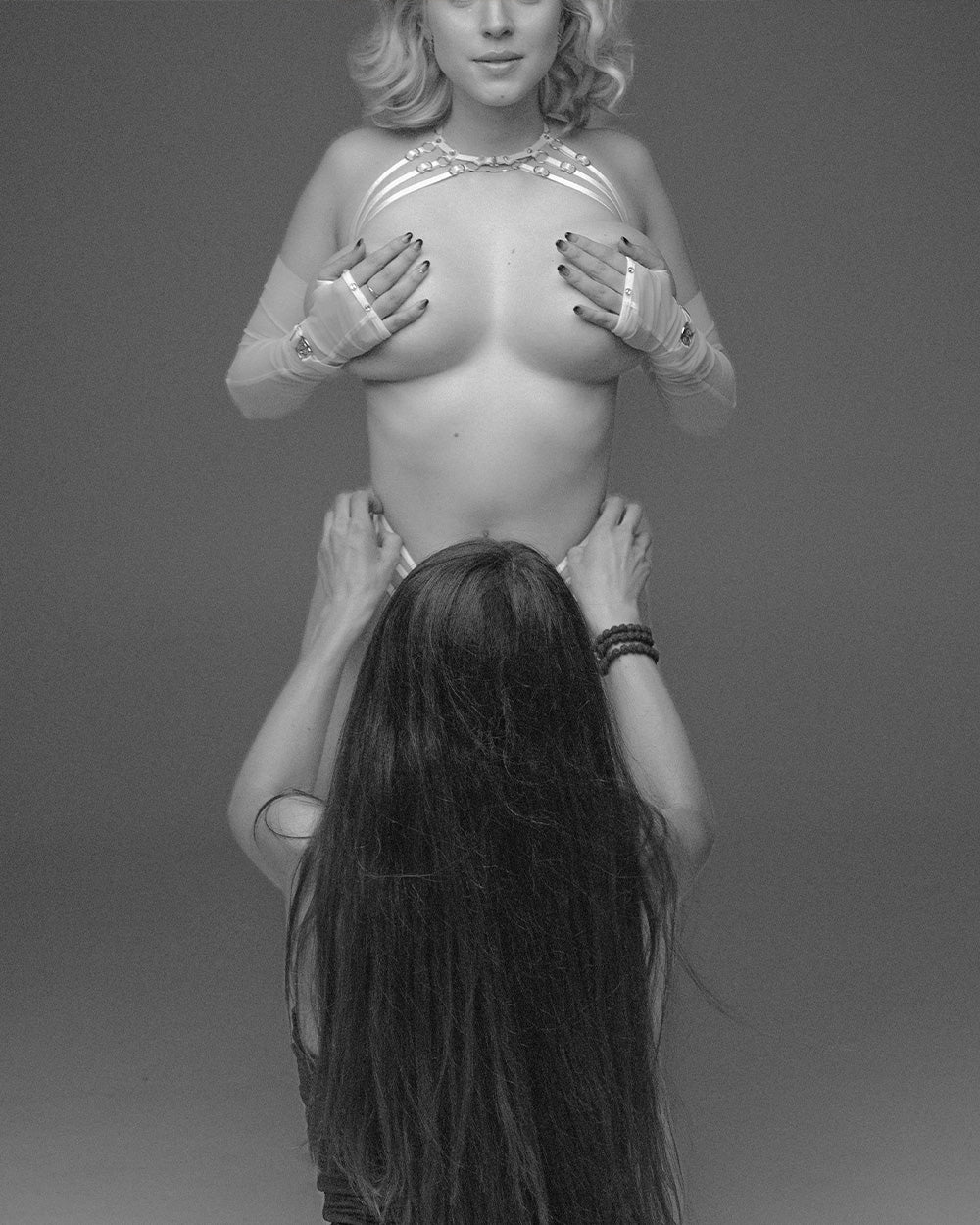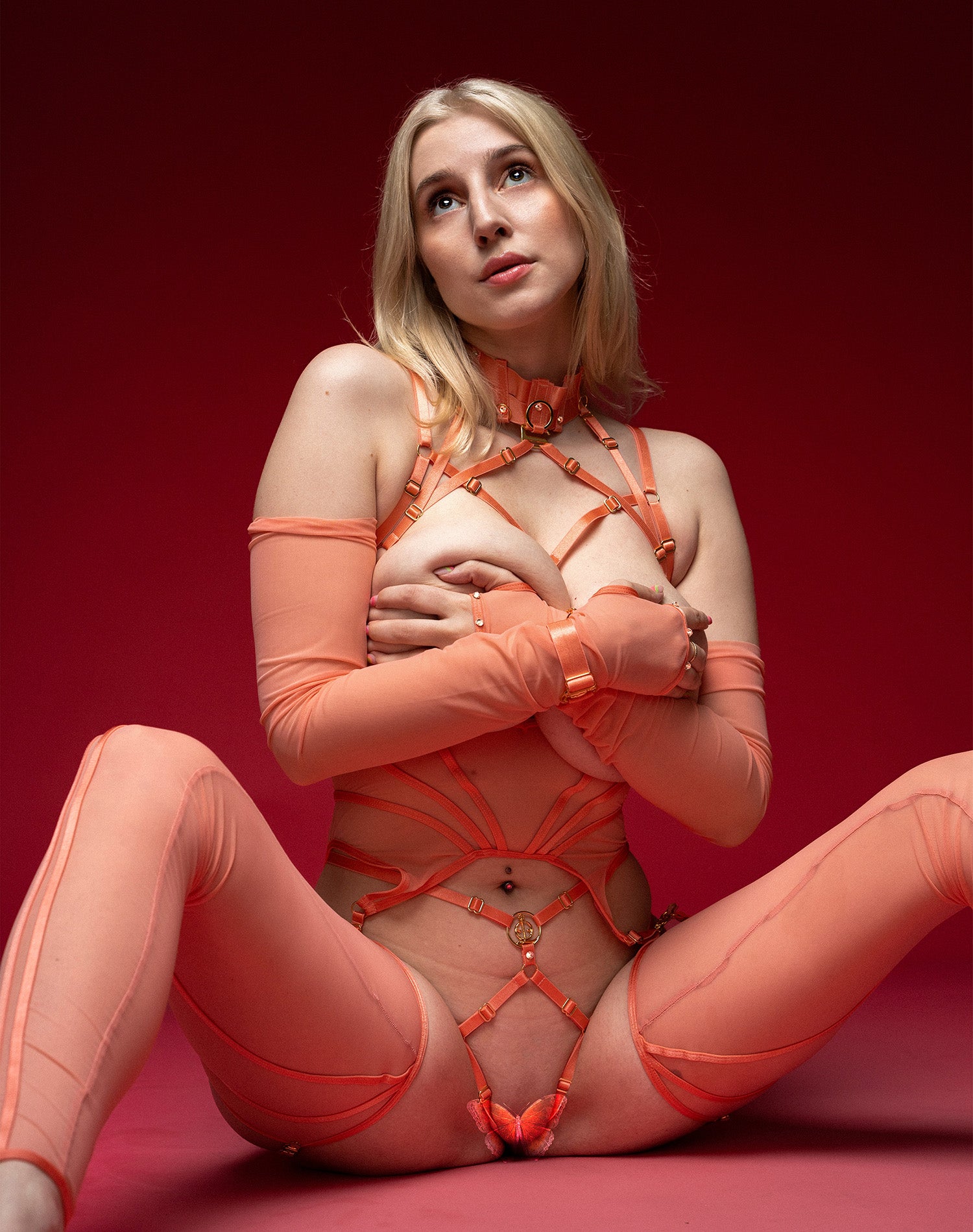
Eco Dyes vs Natural Dyes
We are touching on a controversial topic in this one: which of these two methods are more sustainable - natural or man-made eco-pigment dying?
As a courtesy note: We started with natural dyeing and are slowly transitioning to eco-pigment dyeing. This allowed us to learn the benefits of both, providing the foundation for the facts mentioned in this blog post.
Are Natural Dyes Truly Sustainable?
It is normal to be drawn to natural dyeing, as it has obvious connotations of being organic, nature-loving, and environmentally sustainable. However, connotations are not always correct.
We need to consider various factors when it comes to sustainable fabric dyeing, such as:
- use of energy
- use of water
- use of chemicals
- use of overall resources
- use of additional naturally occurring compounds
- co2 emission.
While natural dyeing has a rich history dating back to ancient times, our current resources can perform more efficiently and even more sustainably than traditional methods.
Let's dive in.
Natural Dying
Natural dyeing reconnects us with our roots, heals the soul, and celebrates slow living. It's a truly magical process, never failing to dazzle us with nature's vibrant colors. However, we must face the facts: natural dyeing can be immensely unsustainable in terms of resource usage. Let's explore the pros and cons below.
Pros:
- Naturally occurring pigment-rich plants
- Skin friendly
- Toxin-free dye alternative to commercial dyeing
Cons:
- Overnight soak to loosen up the plant fibers to release pigments
- Excessive use of energy - near boiling point temperature to fix colours
- Use of mordants, some being metal-based (Alum, iron)
- Use of excessive water as material must float loosely
- Must be imported from native countries - high CO2 emission
- Inconsistency - changing water PH can alter the final shade
- Lack of transparency around plant's harvesting times (varied harvest yields varied hues)
- Dying requires constant supervision
- Plants have become rare to source and increasingly more expensive
- Difficulty in bulk-batch dying
- Generally more waste generated - production mistakes are more probable.
Despite our passion for plant dyeing, the market value would rarely justify the effort invested in the process.
 Image Ref.: 1
Image Ref.: 1
Eco-Pigment Dyeing
The true renaissance of dyeing lies in celebrating progression and innovation. While many fashion revolutions serve no purpose other than lining corporate pockets, we stand behind our pigment dyes as a genuine contribution to better practices within the fashion sector, without resorting to greenwashing.
Now, let's look at the good and bad.
Pros:
- Low use of water = low waste-water emission
- Fiber-reactive - requires no mordants or additives to fix
- Heavy metal free
- Skin friendly
- Hypoallergenic
- Toxin-free
- Low use of energy
- Low CO2 emission - dyes are made & sourced in the UK
- Bulk-batch friendly (machine washable)
- 2% dye ratio dyes 50 times the weight of fabric (20g dyes 1 kilo fabric)
- Consistent shades = reduced production error = less material waste
- Permanent colours
Cons:
- Achieving black shades requires acid (we use household vinegar)
- Dye contains auxiliaries, such as salt and sodium bicarbonate (to loosen up fibers and fix the pigment).

Conclusion
While our intention isn't to conduct a comprehensive study on the advantages and disadvantages of these two dyeing methods, offering a brief summary of our firsthand dyeing experience aims to serve as your guide instead.
Ultimately, our preference leans towards eco-pigment fiber-reactive dyes for their reduced energy and resource consumption in both production and dyeing processes.
Learn more about how we implemented Sustainable Dyes as part of our environmentally-friendly production processes.
Image Ref.: 1 - Linn Legros (2019) Available at: https://unsplash.com/photos/brown-clay-pot-lot-PKuCjcm0jrs (Accessed 12 March 2024).
Image Ref.: 2 - Sarah Richer (2020) Canon, EOS 70D. Available at: https://unsplash.com/photos/red-green-and-blue-round-plastic-containers-9rKSUbYaric (Accessed 12 March 2024).








发表评论
此站点受 reCAPTCHA 保护,并且 Google 隐私政策和服务条款适用。